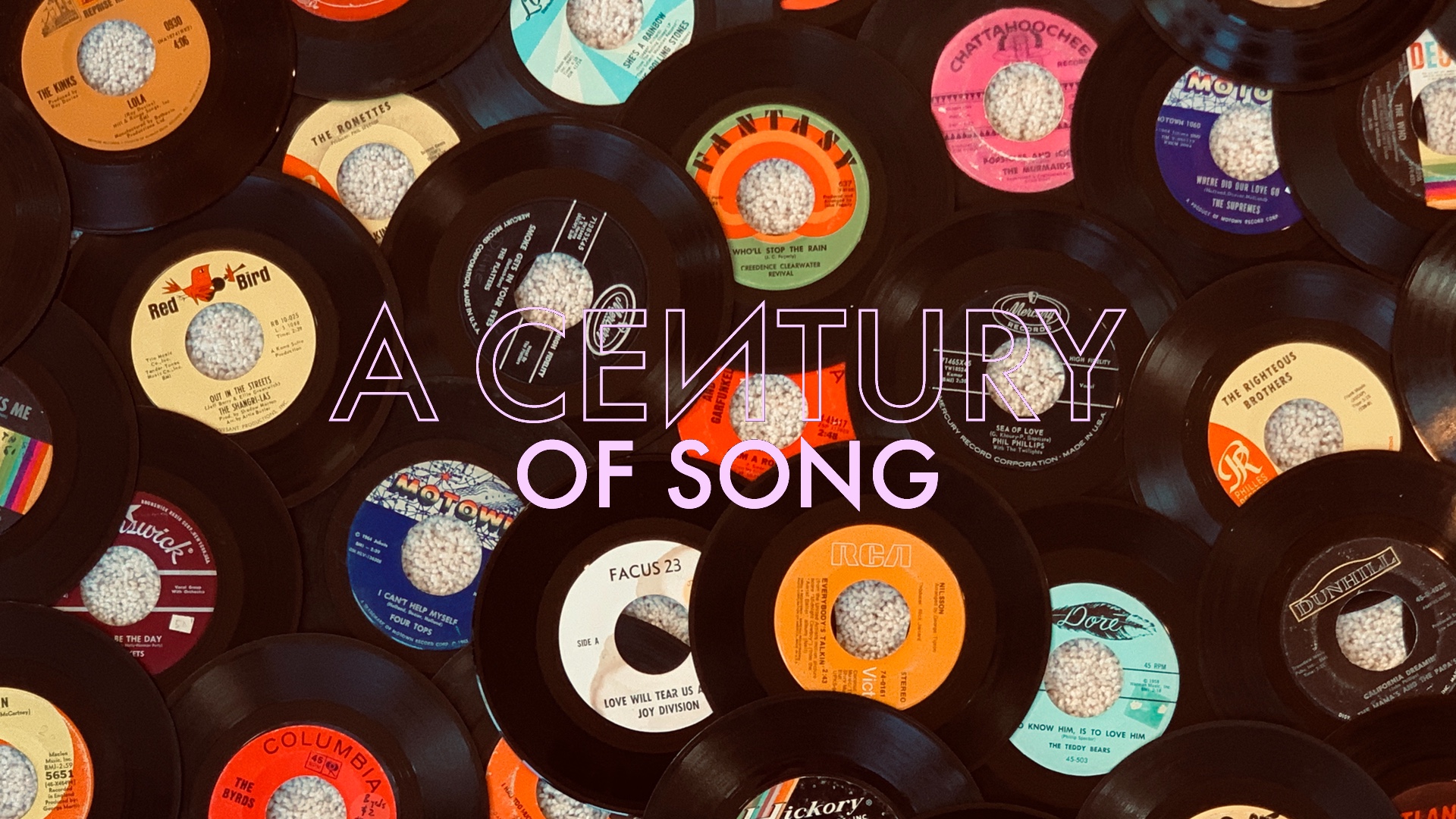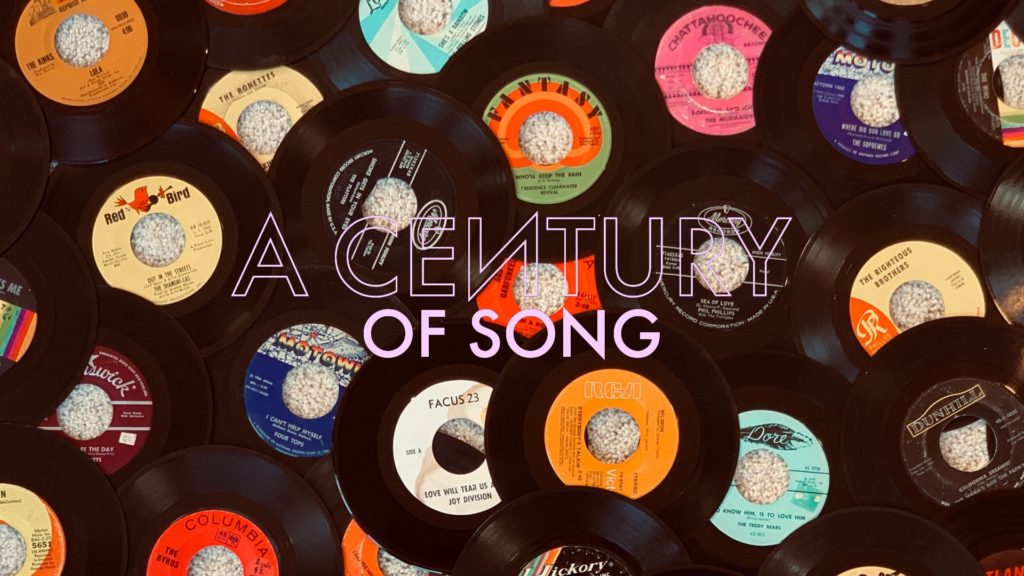
A Century of Song is an attempt to summarize 100 years of popular music through 1000 carefully chosen tracks. Included within this list are landmark singles, stellar album cuts, huge hits, hidden gems, and more than a few personal favorites. Read the introduction for the project here, and enjoy the embedded videos and Spotify playlist.
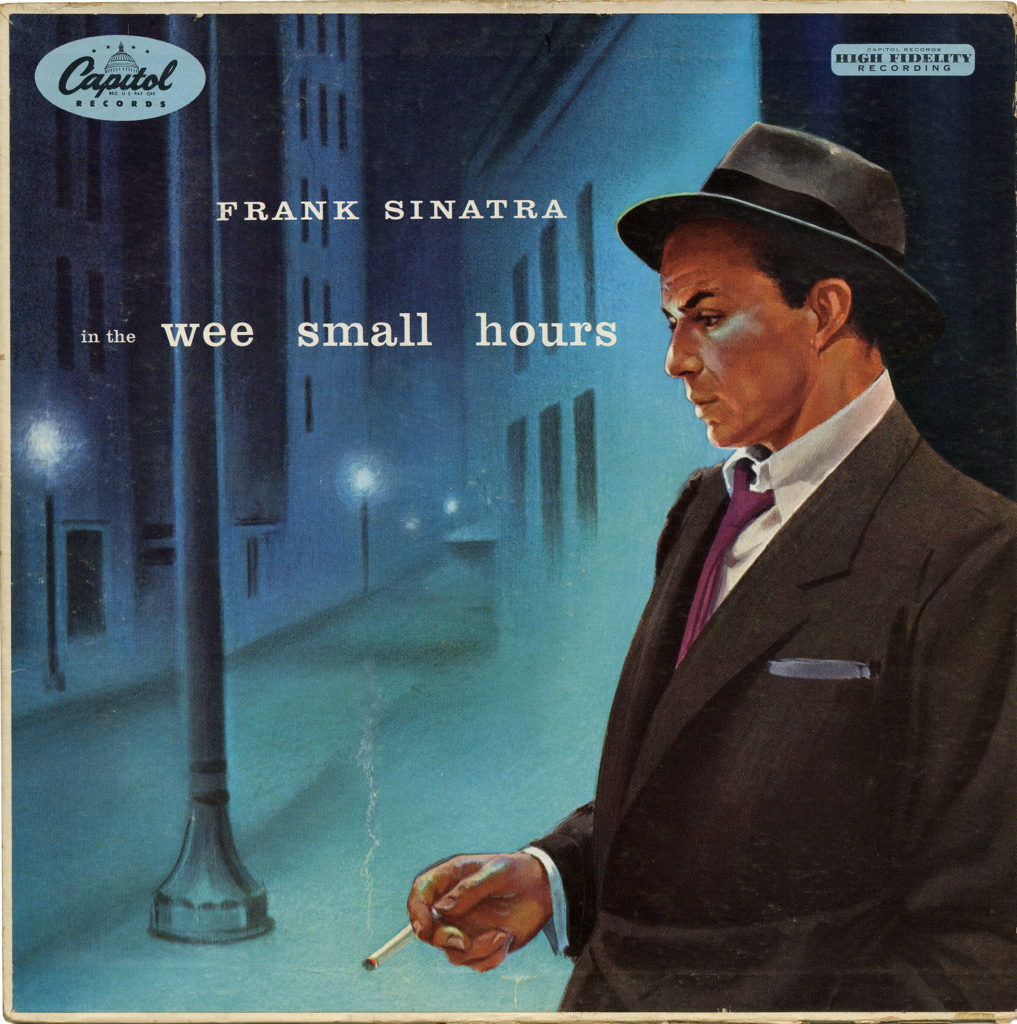
440
Critics often cite the 1955 release of Frank Sinatra’s In the Wee Small Hours as the beginning of the album era. While artists had been releasing collections of songs with a unified theme at least as far back as Woody Guthrie’s 1940 Dust Bowl Ballads, there is an impressive totality to the mood of Wee Small Hours that is hard to deny.
That mood is first established on the album’s opening title track. Featuring a relatively understated arrangement by Nelson Riddle, “In the Wee Small Hours of the Morning” sets an alluringly downbeat scene for a record focused on love and loss. It’s a striking contrast to the freely swinging work that one tends to associate with Sinatra.
Recorded as his marriage to Ava Gardner was falling apart, In the Wee Small Hours introduced a surprisingly vulnerable side of Sinatra. This deeper emotional resonance would ultimately feature in the iconic singer’s most rewarding work, but rarely in such an affecting way as it did here.
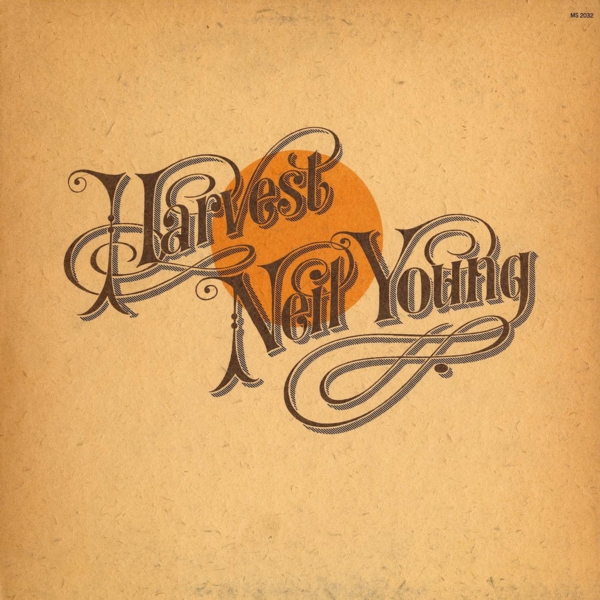
439
While Neil Young has often spoken of his greatest commercial success in a disparaging manner, there is a gently restrained beauty to his 1972 blockbuster Harvest. Though the album boasts more era-defining songs – and a pair of jarringly overdone orchestrations – it’s the title track that stands as the record’s most gorgeous moment.
“Harvest” drifts by on a whisper-soft arrangement, captured in an impossibly laid-back performance. Young’s lilting melody is underpinned by the gentle strains of Ben Keith’s pedal steel guitar, which leans the track even closer to the country-inspired imagery of the album.
In a decade that found Neil Young turning in a dizzying amount of remarkable work, it’s easy for an unassuming song like “Harvest” to get lost in the shuffle. However, it’s an arresting track that stands among the high points of his career.
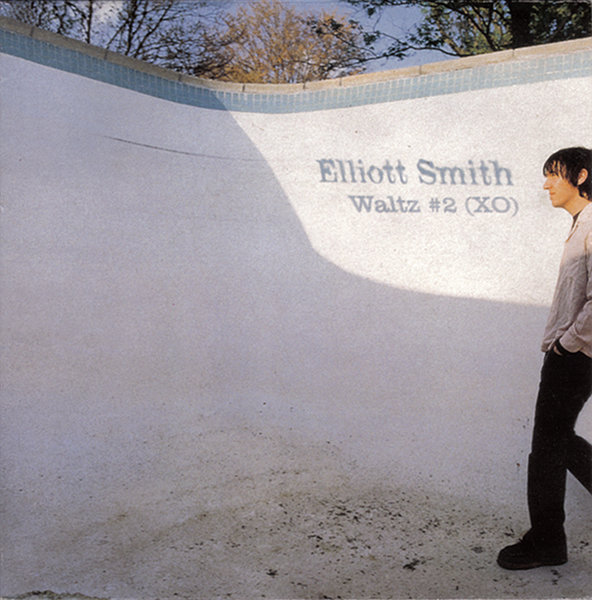
438
The highlight of Elliott Smith’s major label debut XO, “Waltz #2” found the Portland singer-songwriter making good use of the luxuries afforded by a larger recording budget. Though it still saw Smith performing most of the instruments himself – as he had done on his 1997 masterpiece, Either/Or – the track benefits greatly from its subtle orchestral flourishes and Rob Schnapf’s spacious production.
“Waltz #2” is one of Smith’s most affecting pieces of songwriting. An abstracted portrait of the complicated relationship between Smith, his mother, and his stepfather, the song is alternately angry and resigned. Smith selectively shares details, but the cumulative effect of his lyrical barbs is heartbreaking.
Even before Smith’s 2003 death, depression and sadness were the unavoidable calling cards of his music. Despite the torments that he faced, he frequently turned those impulses into songs of astounding beauty. While he has a handful of tracks that could be considered superior, none match his lyrics with a more appropriately ornate backing than this one.
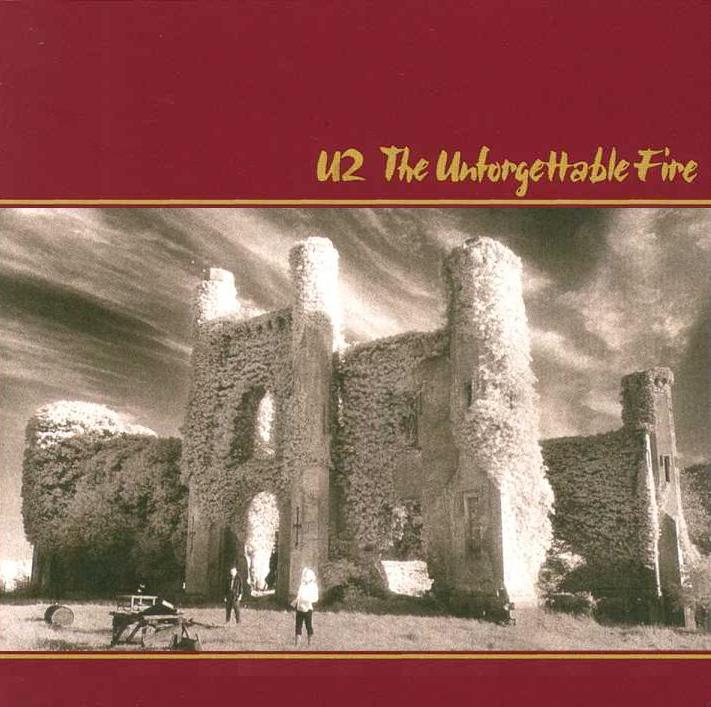
437
One of the first fruits of the collaboration between U2 and the production team of Brian Eno and Daniel Lanois, “Bad” was the highlight of the group’s 1984 album, The Unforgettable Fire. Merging the anthemic nature of 1983’s War with Eno and Lanois’ penchant for atmosphere, the track found the group moving almost completely away from the post-punk leanings of their early work.
Widely acknowledged to be about heroin addiction – but with nothing that makes it a dead giveaway – Bono used the track’s spaciousness to weave an equally impressionistic set of lyrics. Compared to the overly direct nature of their late period work, “Bad” benefits greatly from its nuanced combination of grandeur and ambiguity.
Powerful as it was, the version that appeared on The Unforgettable Fire sounds positively quant when compared U2’s live performances of “Bad.” Among the most notable of these are the one that opens the 1985 Wide Awake in America EP, and the star-making appearance from that same year’s Live Aid festival. That version – complete with Bono’s resplendent mullet – is found in the video below.

436
Though his career had essentially begun on New York’s anti-folk scene, Beck would spend the second half of the nineties becoming something of a voice for talented smart-asses everywhere, with a series of genre-defying releases. While 1998’s Mutations found him rekindling his love of acoustic instrumentation, it was still largely cloaked in the irony of a slacker poet.
That irony all but vanished on 2002’s Sea Change. Like Mutations, the album was produced by Nigel Godrich, but the records’ similarities were mostly surface level – the eclectic arrangements of Mutations largely replaced by stately orchestration. Despite this, Sea Change‘s lead single, “Lost Cause,” represented a logical bridge between the two albums.
Trading in a similarly baroque mood as Mutations tracks like “Dead Melodies” and “We Live Again,” “Lost Cause” finds Beck sounding defeated and exhausted. While it was a jarring change from the party anthems of his most recent record – 1999’s Midnite Vultures – there is a lived-in authenticity to “Lost Cause” that makes it one of the most striking tracks in his discography.
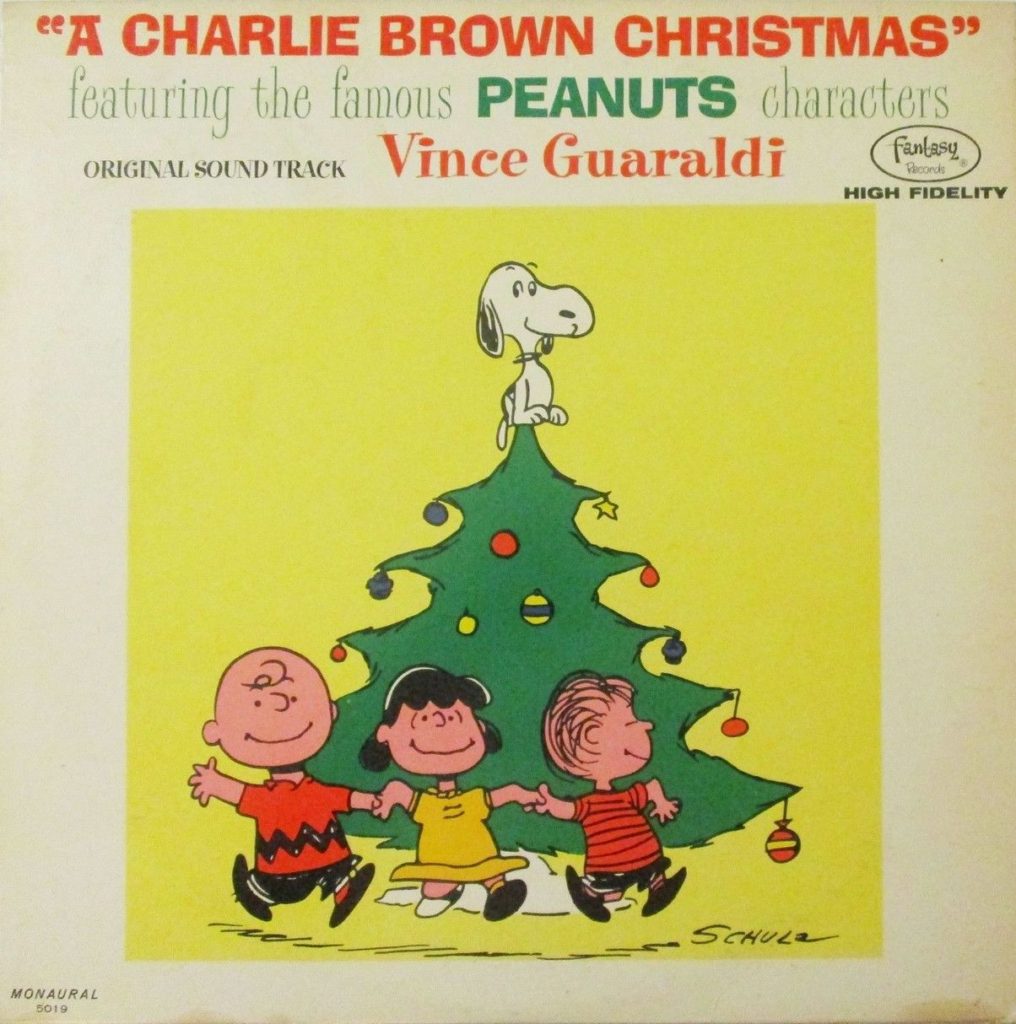
435
I’d argue that it’s not only difficult, but perhaps impossible, to find music with a stronger cross-generational appeal than Vince Guaraldi’s soundtrack to 1965’s A Charlie Brown Christmas. While much of its draw is due to nostalgia-based remembrances of the enduringly popular television special, I’d also argue that it’s the music that remains its most charming component.
Among the soundtrack’s many endearing melodies, none is more memorable – or beautifully melancholy – than that of “Christmas Time is Here.” Composed by Guaraldi for the special – and appearing twice, in both an instrumental and vocal version – it has deservedly become one of the most beloved holiday songs of all-time.
There’s an expressive nature to “Christmas Time is Here” that makes it a particularly durable entry in the American pop culture canon. Not only does it soundtrack Charlie Brown’s most forlorn moments, but it has been repurposed to dramatically different – but equal – effect in the likes of The Royal Tennenbaums and Arrested Development.
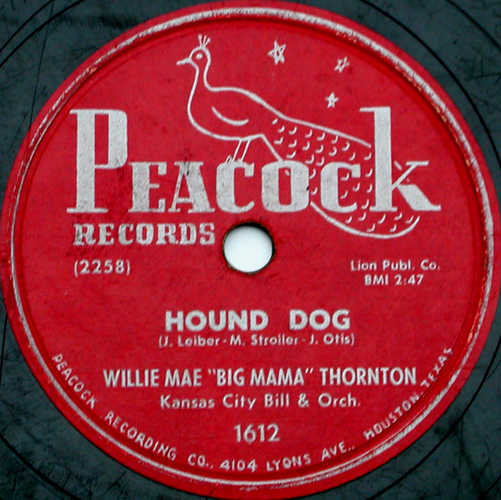
434
Written by Jerry Leiber and Mike Stoller, “Hound Dog” would make Elvis Presley a superstar, but it had already approached perfection in its original form. First recorded by Willie Mae “Big Mama” Thornton in 1952 – and released as a single early in the following year – “Hound Dog” was a critical steppingstone on R&B’s evolution into rock and roll.
Thornton had only seen modest success prior to “Hound Dog,” but the song would prove to be such a big hit that the relatively small Peacock Records label that released it would have a hard time keeping up with demand. It would inspire a litany of homages, parodies, and “answer songs,” but none that could match the ferocity of Thornton’s commanding performance.
Of course, one of those tributes was Presley’s. Elvis was certainly aware of Thornton’s version when he recorded the song in 1956 (#473). For him, “Hound Dog” would be a springboard to international fame and millions of dollars. For Thornton, selling over a million copies of “Hound Dog” would only bring her a one-time payment of $500.
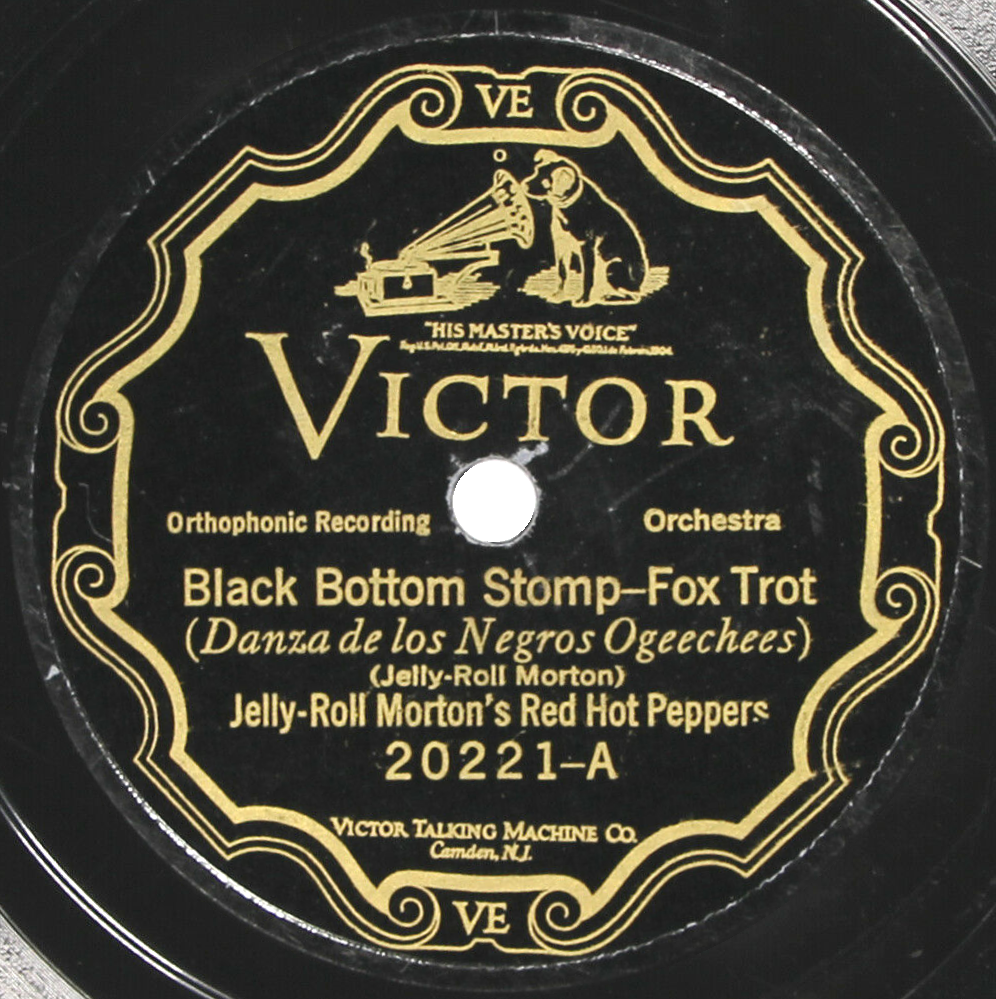
433
Born Ferdinand Joseph LaMothe, Jelly Roll Morton would become one of the most colorful figures in early jazz music. While he didn’t invent the genre – as he was known to claim – Morton did as much as any other single artist to turn jazz from its roots as social entertainment into a sophisticated and complex art form.
The first artist to actually write jazz, Morton pushed the boundaries of what the music could accomplish. “Black Bottom Stomp” is his finest moment – a dizzying display of complex rhythms, unique arrangements, brilliant ensemble play, and impressive soloing from the members of Morton’s Red Hot Peppers.
Few listeners had likely ever heard anything as wild as “Black Bottom Stomp” when it arrived in 1926. Capturing the energy of a live performance, the Red Hot Peppers rip through the song with zealous excitement, and in the process, they would raise the bar for all jazz music to follow.
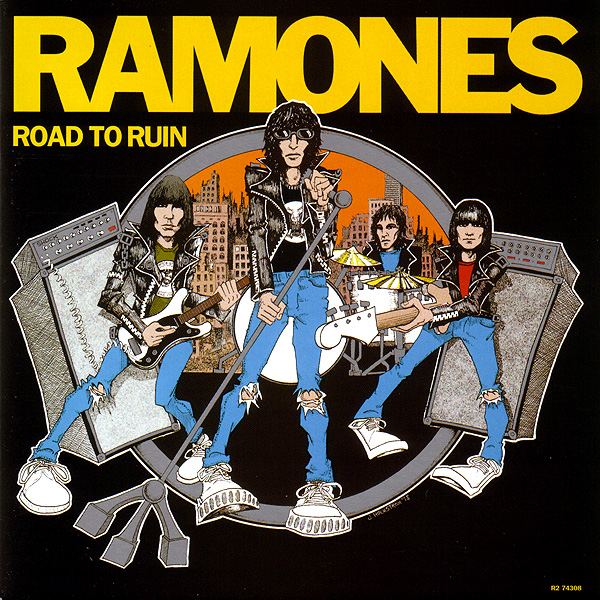
432
Despite their somewhat menacing exterior, Ramones were always a pop group at their core. While it has been cited as signaling the arrival of American punk, the band’s debut featured tracks like the ultra-catchy “Blitzkrieg Bop,” and the sweetly forlorn “I Wanna Be Your Boyfriend.” Arguably the group’s finest pop moment, “I Wanna Be Sedated” is a front-to-back wall of hooks.
The centerpiece to the band’s fourth album, 1978’s Road to Ruin, “I Wanna Be Sedated” matches its energy with a winning melody, and the oldest trick in the pop book – repetition. Joey Ramone’s indelible opening – “Twenty, twenty, twenty-four hours to go…” – sets the snare, and the band refuses to let go through the compact two-and-a-half minutes that follow, even indulging in a key change for the song’s final verse and chorus.
Like many scenes, punk was typecast from the outset. While the lasting image would be of the safety-pinned “no future” variety, Ramones proved that punk could also aim for the masses through irresistible melodies, while still appealing to rock music’s ingrained thirst for the wild and unpredictable.
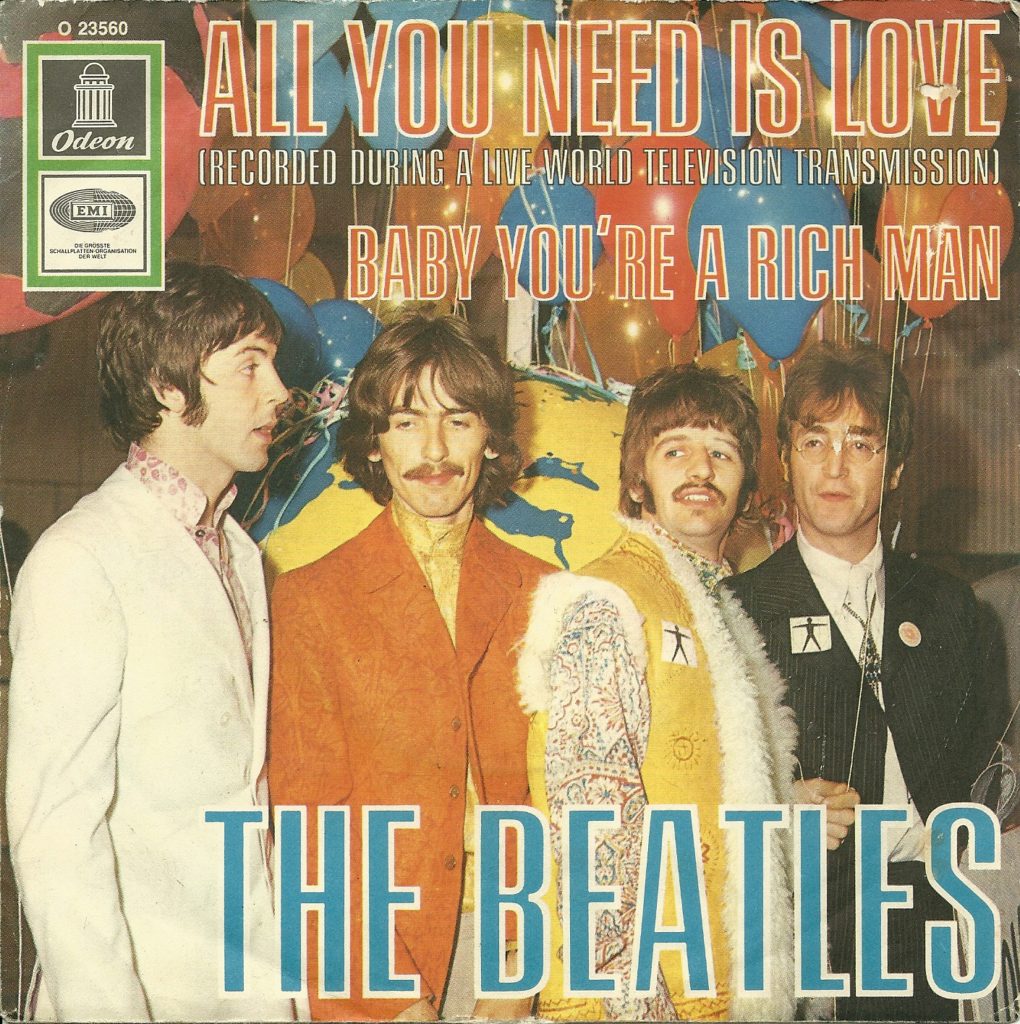
431
If he hadn’t managed to found the most successful group in the history of popular music, John Lennon probably could have forged a successful career in advertising. Lennon had a knack for economic taglines that could wrench a great deal of emotion from a simple turn of phrase. Among these – “Give Peace a Chance,” “War is Over, If You Want It” – the simplest was the most effective.
Partially recorded live as part of the 1967 Our World broadcast – of which The Beatles were chosen as Britain’s cultural ambassadors – “All You Need Is Love” was the A-side to the group’s first post-Sgt. Pepper single. In keeping with that album’s technicolor spirit – not to mention the allegedly-prevailing sentiment of the so-called “Summer of Love” – the song fit squarely with Our World‘s message of humanism in the face of escalating global violence.
“All You Need Is Love” is – somewhat understandably – one of the The Beatles’ most divisive tracks. While its melodic gifts are abundant, the song’s dewy-eyed sentimentality can come off as simplistic or naive. It takes a certain level of buy-in, especially in a world that often seems designed to inspire cynicism. However, when caught in the right moment, it can be transportive in the best of ways.
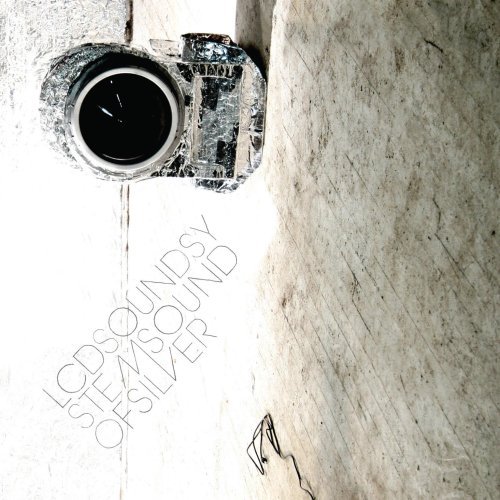
430
Paired with the preceding “Someone Great” (#908), “All My Friends” forms the musical and emotional core of LCD Soundsystem’s 2007 album, Sound of Silver. While the record provided James Murphy with his biggest critical and commercial success to date, it simultaneously found him questioning his place in the largely youth-oriented dance-punk scene.
Following the melancholy nature of “Someone Great,” “All My Friends” builds to a climax that is nothing less than cathartic, but while it pulses with an insistent beat, the song features a similarly mournful undercurrent. A touching meditation on hitting middle age – and the trading of spontaneity for responsibility – the track is a more nuanced and affecting take on the themes that Murphy had explored on the group’s debut single, “Losing My Edge” (#786).
“All My Friends” creates a hypnotic effect over its slow build and long exhale. So engrossing that you hardly notice its seven-and-a-half-minute run-time, it fittingly stands as a perfect metaphor for the rapid passing of the best years of your life.
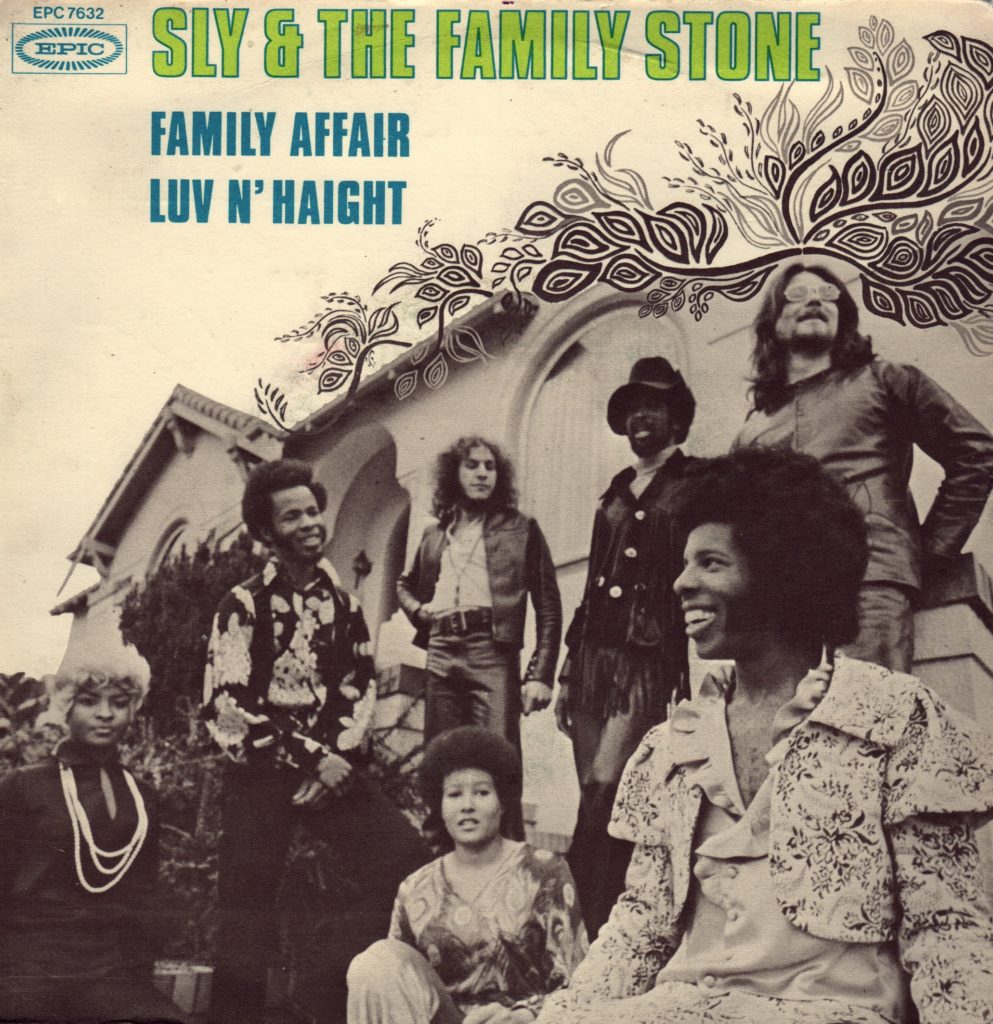
429
1971’s There’s a Riot Goin’ On represented a sharp turn from the upbeat optimism that had made Sly & The Family Stone one of the most successful acts of the late-sixties. Recorded in an infamously tense – and drug-filled – set of sessions, the album found Sly Stone taking near-complete control of the group to frequently stunning results.
Released as the record’s first single, “Family Affair” stands as the album’s centerpiece and most immediately appealing track. Like most of the surrounding record, the song is engulfed by a densely gritty mix – largely the result of heavy tape saturation from Stone’s frequent overdubbing and re-takes.
Despite its inherent murkiness, “Family Affair” was built off a strong enough groove and hook to launch it to the top of the pop charts. While its parent album would earn decidedly mixed reviews from critics, There’s a Riot Goin’ On is now widely regarded as Sly & The Family Stone’s signature achievement, even if it was a document of a “Family” falling apart.
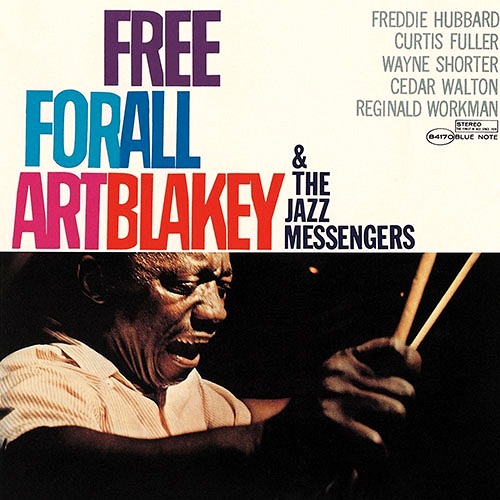
428
For thirty-five years, Art Blakey’s Jazz Messengers would serve as a breeding ground for some of the finest talent in jazz. Despite Blakey’s knack for surrounding himself with some of the genre’s most promising up-and-coming stars, the drummer would remain the focal point of the group throughout its ever-shifting lineup.
There is a moment in the opening title track to 1965’s outstanding Free for All where Blakey’s legacy as one of jazz’s greatest drummers was firmly cemented. Following thoroughly impressive solos by Wayne Shorter (tenor sax), Curtis Fuller (trombone), and Freddie Hubbard (trumpet), Blakey takes his turn in the spotlight that he had already threatened to steal several times before.
Just after the nine-minute mark, Blakey begins his own solo. After over a full minute of wild, whirling dervish fills, a barrage of kick and crash hits seem to serve as a warning. What follows are several bars of “did that just happen” level fills, where Blakey’s drum kit sounds as if it has reached a state of levitation. Out of nowhere, the band snaps back into place for one last breathtaking roll through the song’s head section. It’s a suitably thrilling – and badass – conclusion to one of the greatest jazz recordings ever laid to tape.
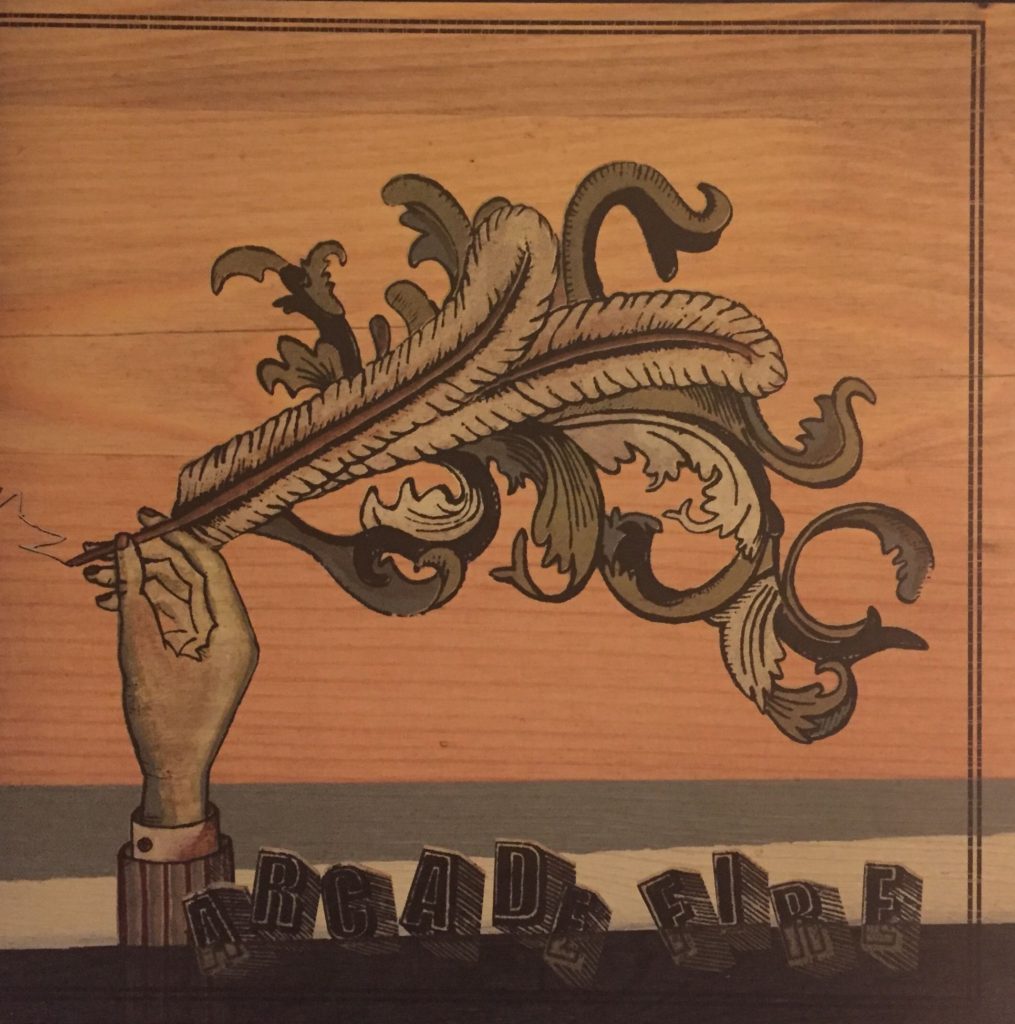
427
Arcade Fire demonstrated a flair for the dramatic throughout their 2004 debut album, Funeral, but “Wake Up” found the Montreal group approaching transcendence. Anchored by one of the album’s strongest melodies, the song’s triumphant, wordless chorus would inspire a host of copycats who, unsurprisingly, would fail to match Arcade Fire’s sense of grandeur.
In a surprisingly effective move, the band opted to pull away from the chugging pomp of “Wake Up” for the song’s conclusion. A bridge introduces a key change, which leads into a spry, Motown-inspired denouement. The sing-along nature continues, but rather than ending on the weighty chorus theme, “Wake Up” transitions into a sparklingly optimistic pop song.
On Funeral, the track is practically unmatched. However, “Wake Up” truly reached eminence in a live setting. The buzz surrounding the album would pale in comparison to the emerging legend of Arcade Fire’s live shows, and “Wake Up” would typically feature as the emotional highlight of the band’s concerts.
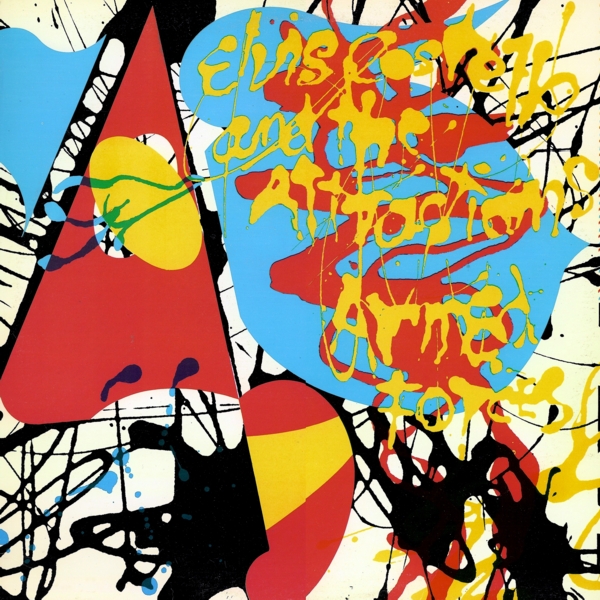
426
Written and recorded in 1974 while he was a member of the band Brinsley Schwarz, “Peace, Love and Understanding” would find a second life when Nick Lowe produced a version of the song by his friend and collaborator, Elvis Costello. Initially released as the B-side to Lowe’s single “American Squirm,” the song would ultimately become one of Costello’s signature recordings.
Though credited to “Nick Lowe and His Sound,” “Peace, Love and Understanding” was performed by Costello’s new group, The Attractions. Featuring a dynamic performance by the band – particularly drummer Pete Thomas – the song would become an unexpected hit, and was added to the American version of Costello and The Attractions’ 1979 album, Armed Forces.
In a rare case of a cover triumphing over an original, the muscular approach of The Attractions outpaced the already-excellent Brinsley Schwarz recording of “Peace, Love and Understanding.” It stands as a classic exemplar of the New Wave sound of which Lowe, Costello, and The Attractions were central architects.
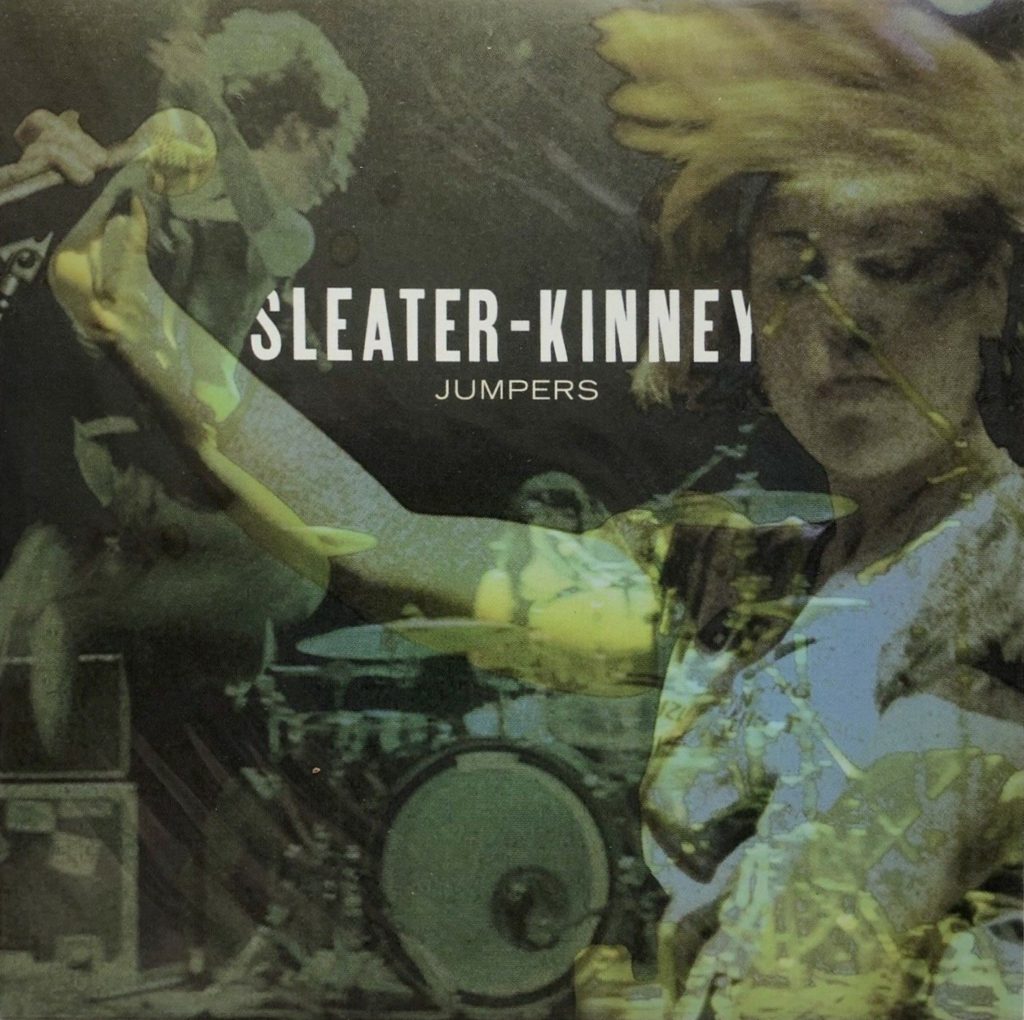
425
Sleater-Kinney released the massive sounding, Dave Fridmann-produced The Woods in 2005. Earning the most glowing praise of the band’s career to date, the album was a triumph, but surprisingly, the group would enter an indefinite hiatus shortly thereafter.
While consistently compelling, the album reached its apex on “Jumpers,” a chilling track that merged Fridmann’s bombastic production with Corin Tucker and Carrie Brownstein’s intriguing vocal harmonies and interlocking guitars. The tug-and-pull of the pair’s creative dynamic is revealed as the song weaves in and out of a frantic bridge, propelled by Janet Weiss’ pummeling drum work.
By the time of The Woods, Sleater-Kinney had scrapped their way to becoming one of the most respected bands in American indie rock, despite every imaginable obstacle that they faced as a “girl band.” In retrospect, it makes sense that The Woods stood as their last statement for a decade. They had risen to prominence as feminists in a male-dominated industry, and with the album, Sleater-Kinney showed that they had become the best rock band in America. What else did they need to prove?
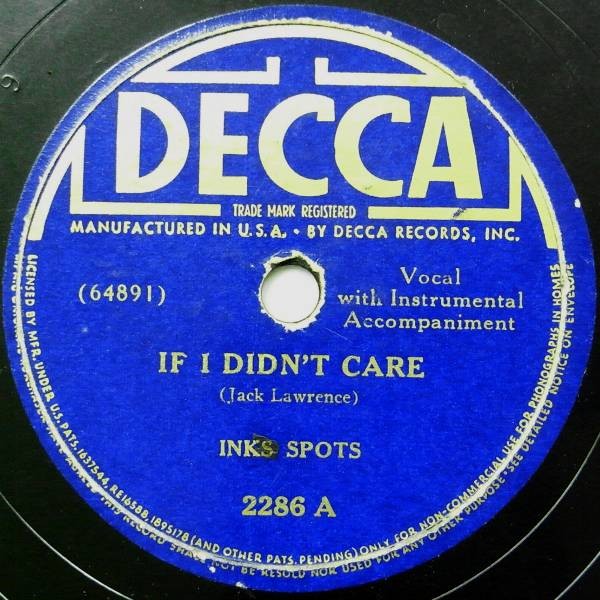
424
Written by Jack Lawrence, “If I Didn’t Care” would become a massive global hit for the Indianapolis vocal group The Ink Spots. However the song – which would ultimately sell over nineteen million copies – was originally recorded as something of an afterthought, and its status as a hit was almost accidental in nature.
Intended to see release as the B-side to “Knock Kneed Sal,” “If I Didn’t Care” featured a rather novel vocal approach, juxtaposing the high lead of Bill Kenny against a “talking bass” bridge by Hoppy Jones. While the group had played with that formula before – and would return to it again on subsequent hits like “I Don’t Want to Set the World On Fire” – when paired with Lawrence’s melody, its charm was undeniable.
Wisely, Decca records saw the commercial potential of this somewhat odd track, and opted to flip the order of the sides – the label’s instincts wouldn’t always be so sharp. While it would never reach number one in the charts – though it did spend several weeks in the #2 spot – “If I Didn’t Care” would eventually become one of the best selling singles in the history of pop music.
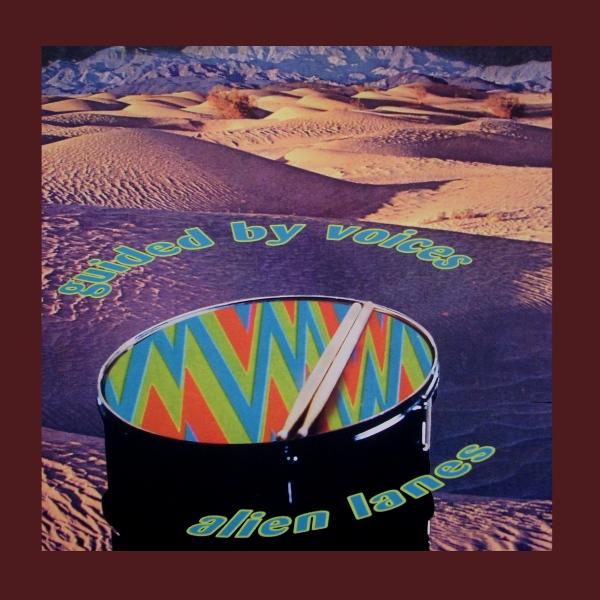
423
At twenty-eight tracks, 1995’s Alien Lanes was an embarrassment of riches for Guided by Voices. However, even when nestled among several of the greatest tracks of the Dayton, Ohio band’s long-running career, the glorious melody of “Game of Pricks” stands out as the record’s clear highlight.
1994’s breakthrough, Bee Thousand, found GBV’s chief songwriter Robert Pollard alternating between cryptic inside jokes and hook-filled mini-masterpieces. While its title seems primed to deliver more of the former, “Game of Pricks” is somewhat surprising in its lyrical directness, and boasts a verse and chorus of equally astounding catchiness.
The band clearly knew that they had a special track on their hands, and opted to re-record “Game of Pricks” – releasing a sharper, more anthemic studio version on the Tigerbomb EP before the end of 1995. Though Guided by Voices tended to thrive in the spontaneous environment of their basement studio, the second take lends the song a muscular edge that managed to improve upon an already stellar original.
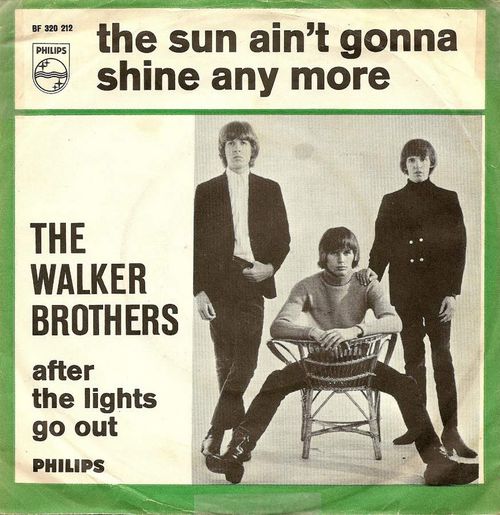
422
One thing worth knowing about The Walker Brothers is that they were not actually brothers. A second thing is that the group launched the fascinatingly idiosyncratic career of Scott Walker. Finally, and most importantly, the band’s 1966 single, “The Sun Ain’t Gonna Shine Anymore,” is one of the finest examples of baroque pop ever recorded.
Originally released by former teen star Frankie Valli in 1965, “The Sun Ain’t Gonna Shine Anymore” failed to make much of an impact in its first incarnation. Carried by Scott Walker’s commanding vocals and the lush instrumental arrangement by Johnny Franz and Ivor Raymonde, the song rocketed to the top of the British charts in early 1966.
The success of the song, and the attention that it brought Scott Walker, ultimately persuaded him to pursue a solo career. Though he would release several acclaimed, genre-bending records up until his death in 2019, Walker would never again match the melancholic beauty of this track.
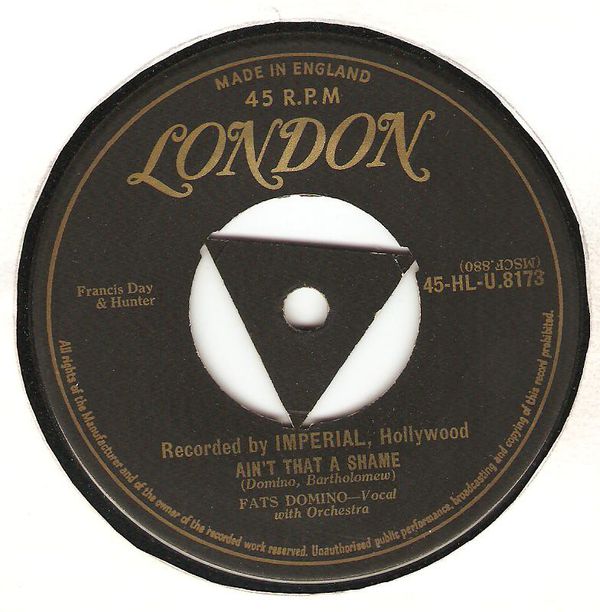
421
Fats Domino’s greatest recordings straddled the line between rhythm & blues and rock & roll. Whether viewed as a titan of the former or a pioneer of the latter, the New Orleans singer-songwriter was one of the most charming and talented artists of his era.
To my ears, there’s little separation between Domino’s two signature tracks: “Blueberry Hill” (#499) and “Ain’t That a Shame.” Both have infectious melodies, both stroll along at an agreeable mid-tempo pace, and both are fully deserving of their place in the pop music canon.
Based largely on its status as the first of the two, I’m inclined to give the slight edge to “Ain’t That a Shame.” Besides, the novelty of its stop/start rhythm only serves to emphasize the unique appeal of an artist who was a true American original.


